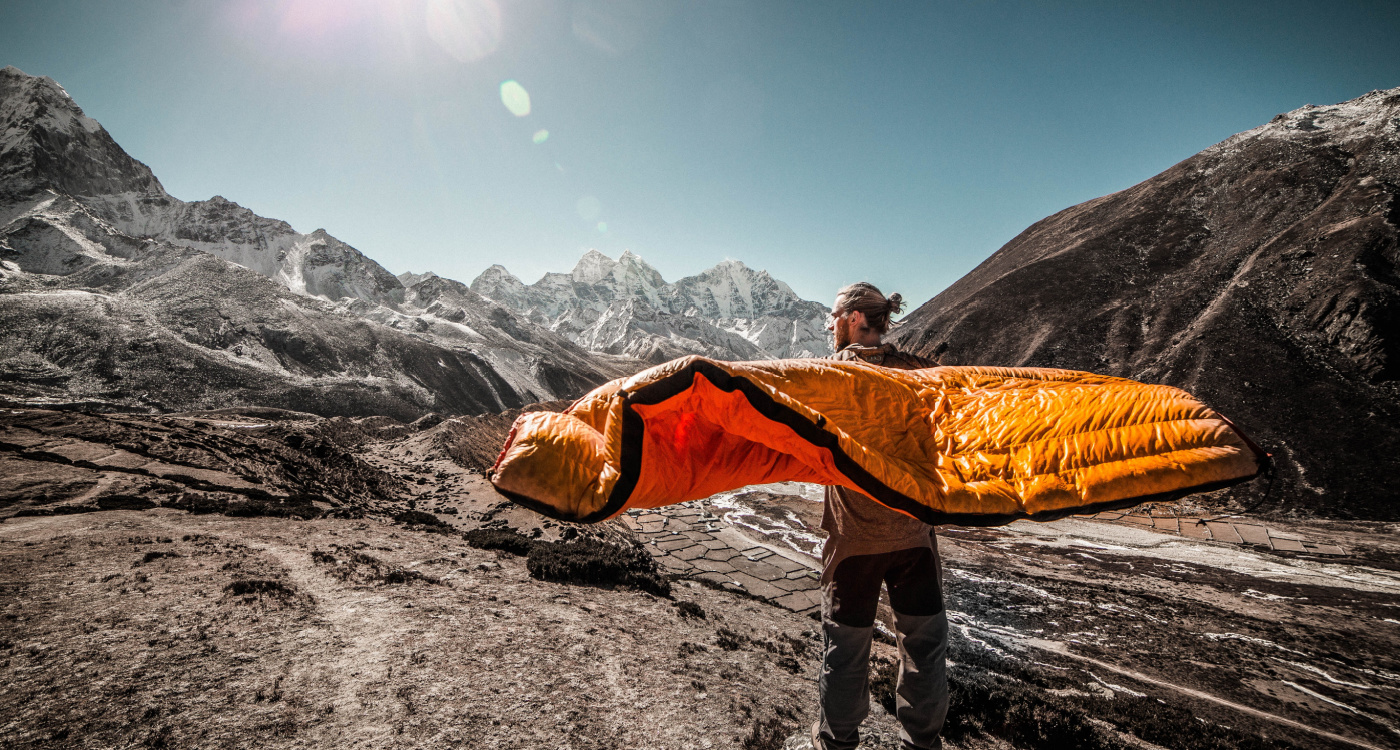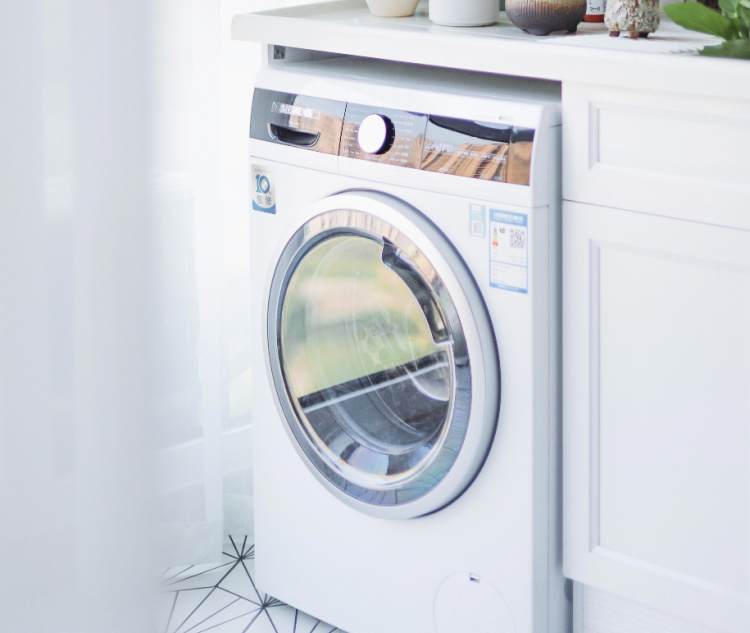Winfields Outdoors: the home of premium sleeping bags, mats, and accessories
Whether you’re shopping for a new sleeping bag for your next great adventure or looking to buy your little ones their first sleeping bag, we’ve got everything you need right here.
From single junior sleeping bags to kingsize square sleeping bags, we’ll make sure you stay comfy in the great outdoors.
We’ve also got all your most important essentials to hand too: air pumps, sleeping mats, inflatable pillows—you name it—so you can kit yourself out from the Winfields Outdoors one-stop-shop.
Shop the full range of sleeping bags at Winfields Outdoors today!
We hope you found this helpful. If you are looking to wash a down sleeping bag, we recommend the Granger Down Wash Kit. On the other hand, if you’re researching for the best cleaning product for a synthetic sleeping bag, be sure to check out our Nikwax Loft Tech Wash.
For more news, information, and product tips, read the Winfields Outdoors Blog.
Rucksack Buying Guide | What To Do When Packing Up After A Music Festival
| Tips for Camping in Cold Weather







